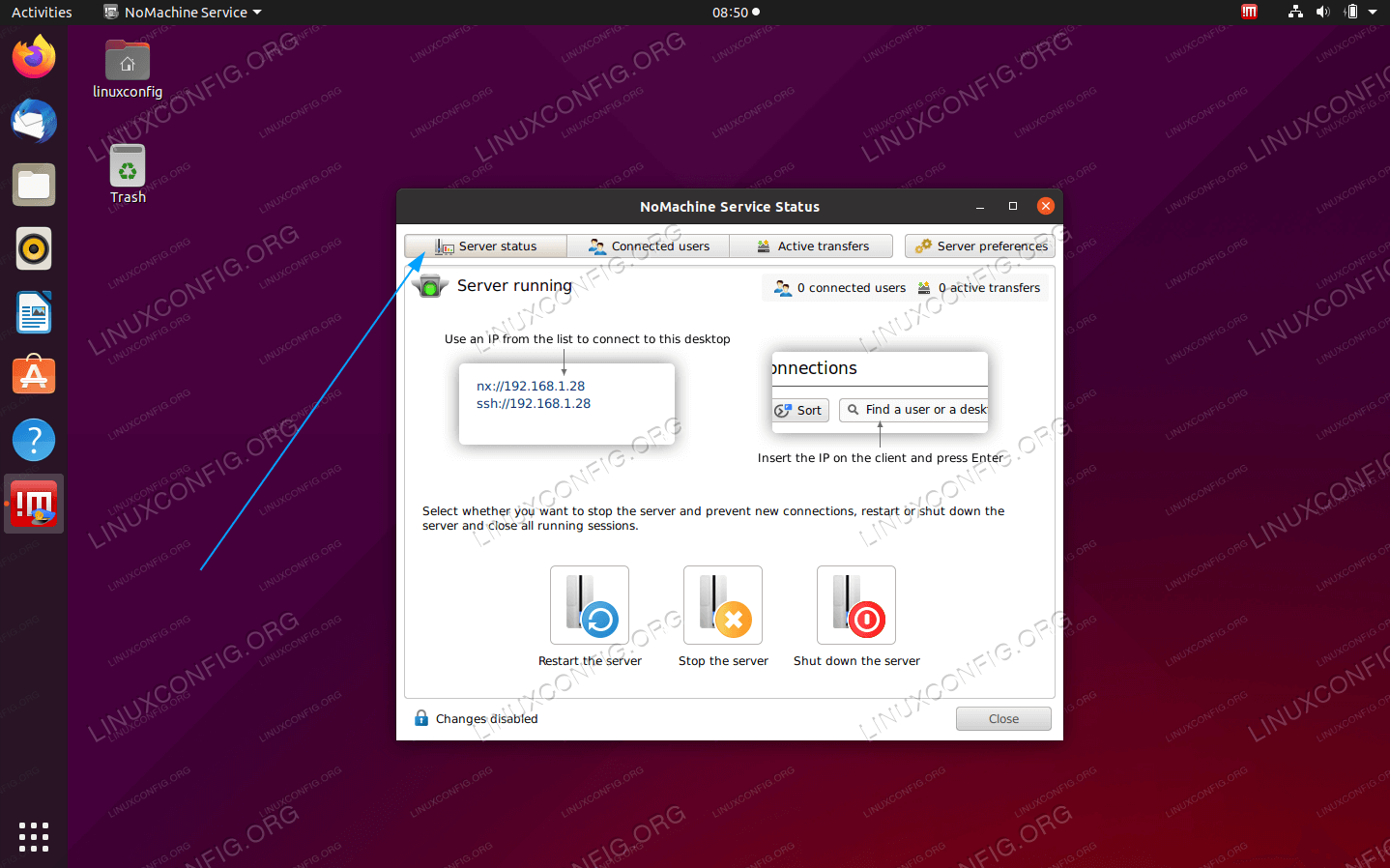

Place the nxsession file in the /usr/bin/ directory and add the execute permissions: This is an example of a wrapper script, named nxsession, suitable for launching LXDE on for example Ubuntu 16.04: You can also choose to save settings to re-use it at the next connection. In the 'Running the following command' field of the user's interface specify path to the wrapper script.īe sure to select the 'Run the command in a virtual desktop' option. How to launch a desktop environment in a custom sessionĬreate a wrapper script to launch the desktop of your choice.Ĭonnect to the server and choose to 'Create a new custom session'. How to install a desktop environment (some examples)ġ. How to list all the available desktop types configured on the systemĥ. How to run a specific virtual desktop environment on a per-user basisĤ. How to find out which desktop environments are already installedģ. How to run a non-default virtual desktop environmentĢ.1. How to launch a desktop environment in a custom sessionĢ. You can either choose to (i) run a custom session in virtual desktop mode after authentication: select the radio button 'Run the following command' and insert the path to the desired DE in the field provided.Īlternatively, (ii) the server or node host can be configured by making some changes to the node.cfg configuration file.īelow are the instructions on how to do (i) and (ii). There are two ways to run a session to a different desktop environment instead of the default one. When the user requests to create a new virtual desktop, the default desktop is launched automatically, in a transparent way for the user. 4 or later.ĭuring installation, NoMachine detects which is the default desktop environment set on the system and configures the node accordingly. What remote machine or what’s the full name to connect to? See this page.This article applies to NoMachine v. More, in-depth, instructions can be found in the NoMachine Support page. Enter your CADE credentials and click OK. When back on the main screen, click the new connection and then click Connect.ĥ. Accept the default connection name and click Done.ħ. Accept the default setting of Don’t use a proxy and click Continue.Ħ. Accept the default setting of Password, and click Continue.ĥ. Enter the hostname of the machine and click Continue. Change the protocol to SSH and click Continue.ģ. Configure the remote connection by clicking the New button at the top of the page.Ģ. Clients are available for Windows, OS X/macOS, Linux.ġ. The downloads are available from the NoMachine website. You may also install the NoMachine client on your local machine. To connect, simply log in at nx. using your CADE credentials. All lab1 and lab2 machines are running NX Server.


 0 kommentar(er)
0 kommentar(er)
